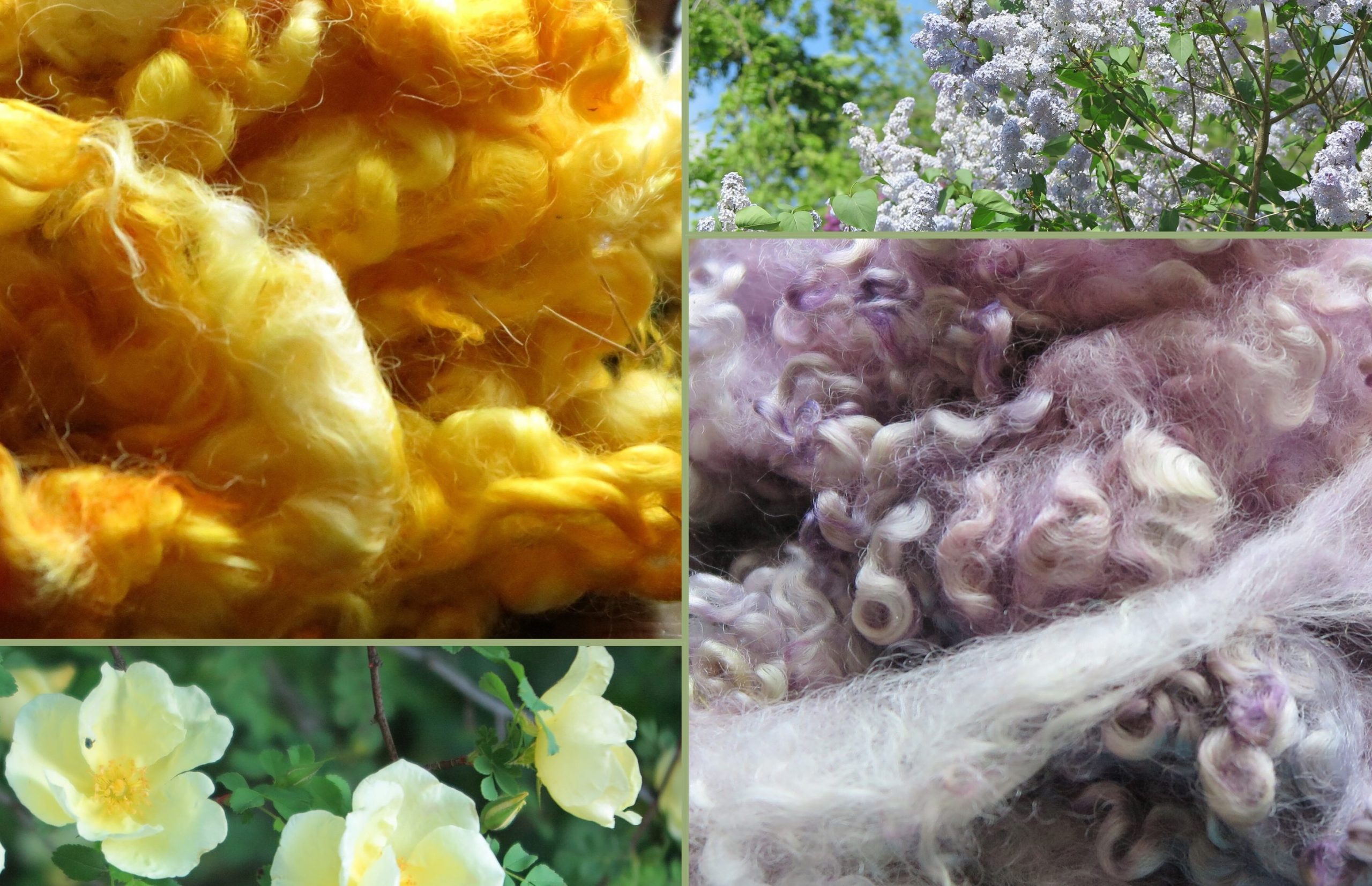First, let me say I am torn about mummy displays in museums. On one hand, we can learn an immense amount of information about past peoples and cultures from mummies. On the other hand, so often they feel pretty macabre. Putting long dead people on display can feel, well, invasive.
So, I initially skipped the mummy exhibit on at the Field Museum. My brother, however, decided to go and reported back that I really ought to reconsider. There were textiles and spindles.
So I went. And frankly, I was pleasantly surprised. It was far more focused on what we could learn with what’s buried with the dead and how they are buried than on the “ew dead bodies” factor. And there was also an emphasis on how CT scans can be used to examine mummified remains without unwrapping them.* I also appreciated that this special exhibit was bilingual – presented in English and Spanish.
The exhibit features Egyptian and Peruvian mummies, but I’m focusing on the Peruvian here because it had more textiles.
The signs didn’t provide details on the materials in the fabric, but this can be hard to determine without damaging the textiles. They are probably camelid (alpaca, vicuna, llama) and/or cotton based on materials which would have been available in Peru between AD 0 and AD 1400 (ie: pre contact with European/Spanish)

The above are from tunics from the Chancay between AD 1000-1400. The Chancay culture was along the central coast of Peru during this time period. The motifs are birds. The red textile looks like its make of narrow strips sewn together – you can see what look like the stitches joining them together in a yellow/gold color.

This is a coca bag from the Nazca culture AD 0-800. You may have heard of the Nazca lines – this is the same culture, located along the arid southern coast of Peru. I was struck by how similar it looks to the little woven bags and change purses you can find in Fair Trade and similar import stores today. I suspect there are elements to the patterns, colors, etc… that make it distinct to it’s time, place and culture, but I don’t know enough to speak to that myself.

And lastly – the spindles and weaver’s basket! These, like the tunics, are Chancay from about AD 1000-1400. The spindles are clearly mid-whorl and I love how carefully painted the beads and shafts are. Clearly, modern spinners aren’t the only ones who wanted to work with beautiful and not just functional tools.
I normally consider myself a well behaved museum guest – I obey the no-flash and no-photography signs, carry my bag in front of me when instructed, etc… but I was grateful for the glass that kept me from getting too close or accidentally reaching a hand out to see what the spindles felt like…
